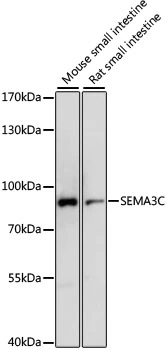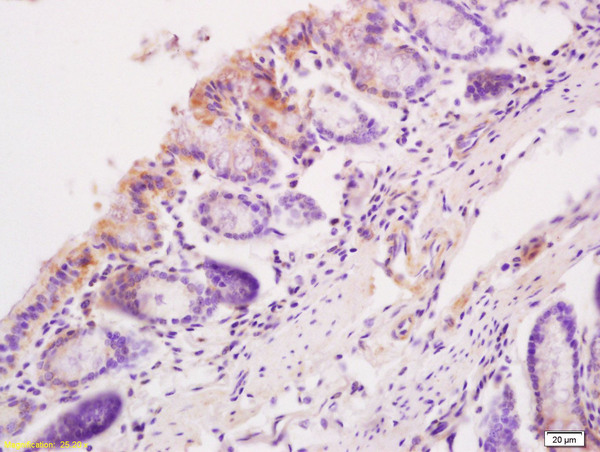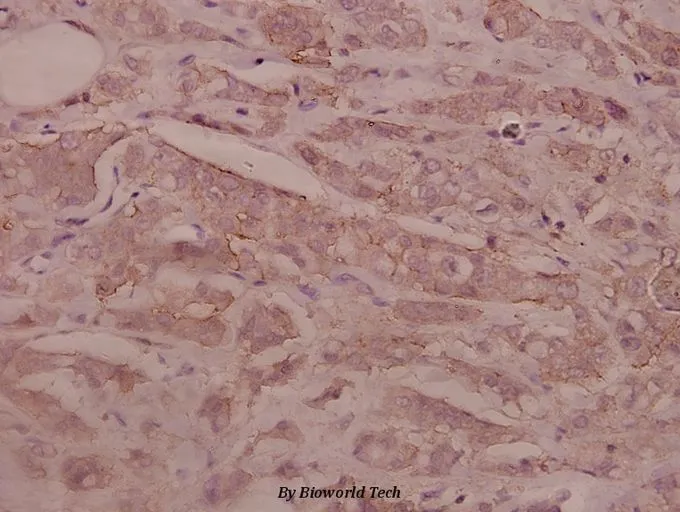
WB analysis of various sample lysates using GTX66372 SEMA3C antibody. Dilution : 1:1000 Loading : 25microg per lane
SEMA3C antibody
GTX66372
ApplicationsImmunoFluorescence, Western Blot, ImmunoCytoChemistry
Product group Antibodies
TargetSEMA3C
Overview
- SupplierGeneTex
- Product NameSEMA3C antibody
- Delivery Days Customer9
- Application Supplier NoteWB: 1:200 - 1:2000. ICC/IF: 1:50 - 1:200. *Optimal dilutions/concentrations should be determined by the researcher.Not tested in other applications.
- ApplicationsImmunoFluorescence, Western Blot, ImmunoCytoChemistry
- CertificationResearch Use Only
- ClonalityPolyclonal
- ConjugateUnconjugated
- Gene ID10512
- Target nameSEMA3C
- Target descriptionsemaphorin 3C
- Target synonymsSEMAE, SemE, semaphorin-3C, sema E, sema domain, immunoglobulin domain (Ig), short basic domain, secreted, (semaphorin) 3C, semaphorin E
- HostRabbit
- IsotypeIgG
- Protein IDQ99985
- Protein NameSemaphorin-3C
- Scientific DescriptionThis gene encodes a secreted glycoprotein that belongs to the semaphorin class 3 family of neuronal guidance cues. The encoded protein contains an N-terminal sema domain, integrin and immunoglobulin-like domains, and a C-terminal basic domain. Homodimerization and proteolytic cleavage of the C-terminal propeptide are necessary for the function of the encoded protein. It binds a neuropilin co-receptor before forming a heterotrimeric complex with an associated plexin. An increase in the expression of this gene correlates with an increase in cancer cell invasion and adhesion. Naturally occurring mutations in this gene are associated with Hirschsprung disease. [provided by RefSeq, May 2017]
- Storage Instruction-20°C or -80°C,2°C to 8°C
- UNSPSC12352203






